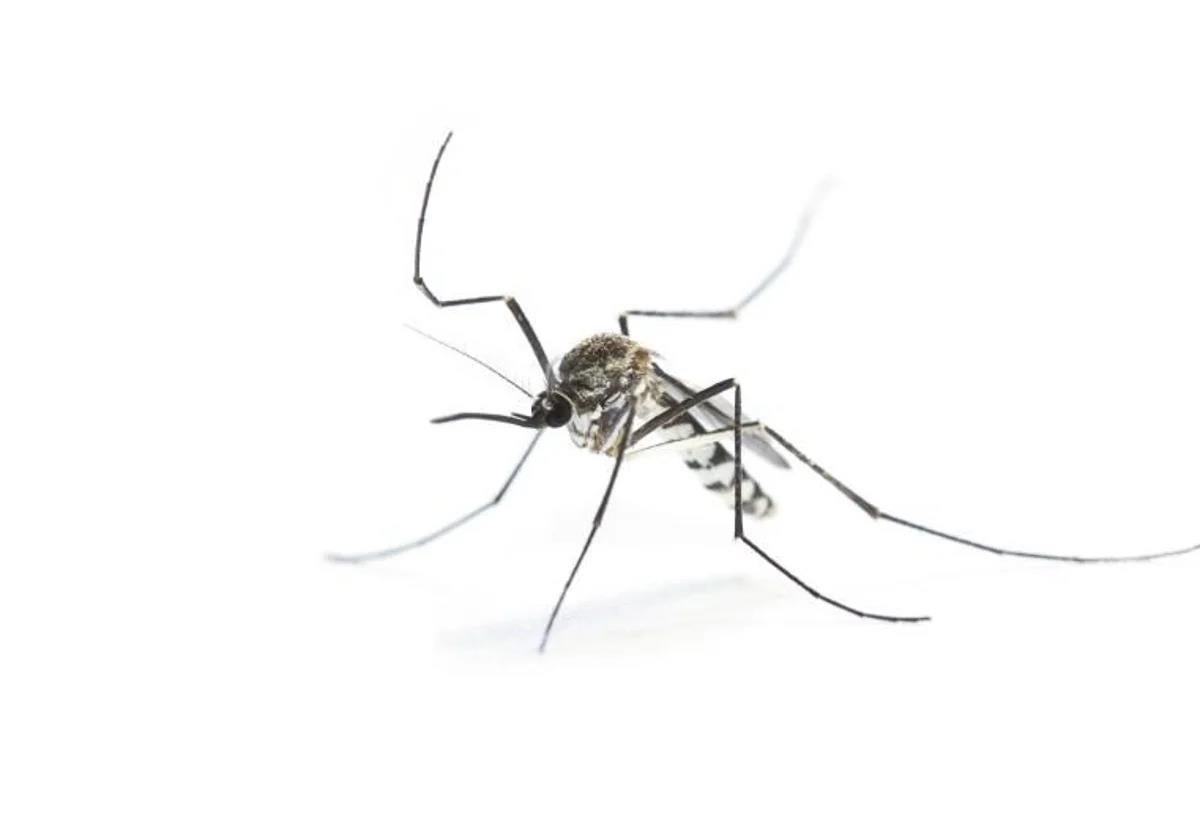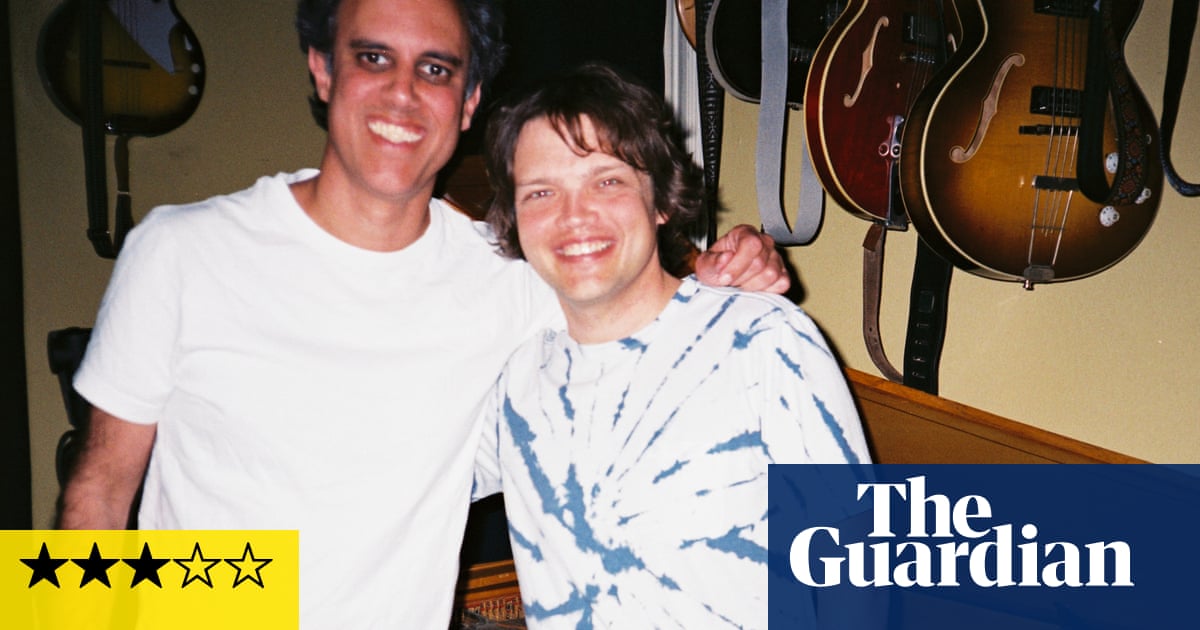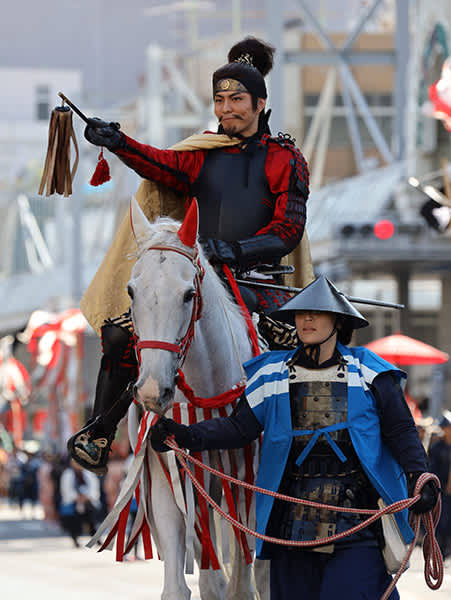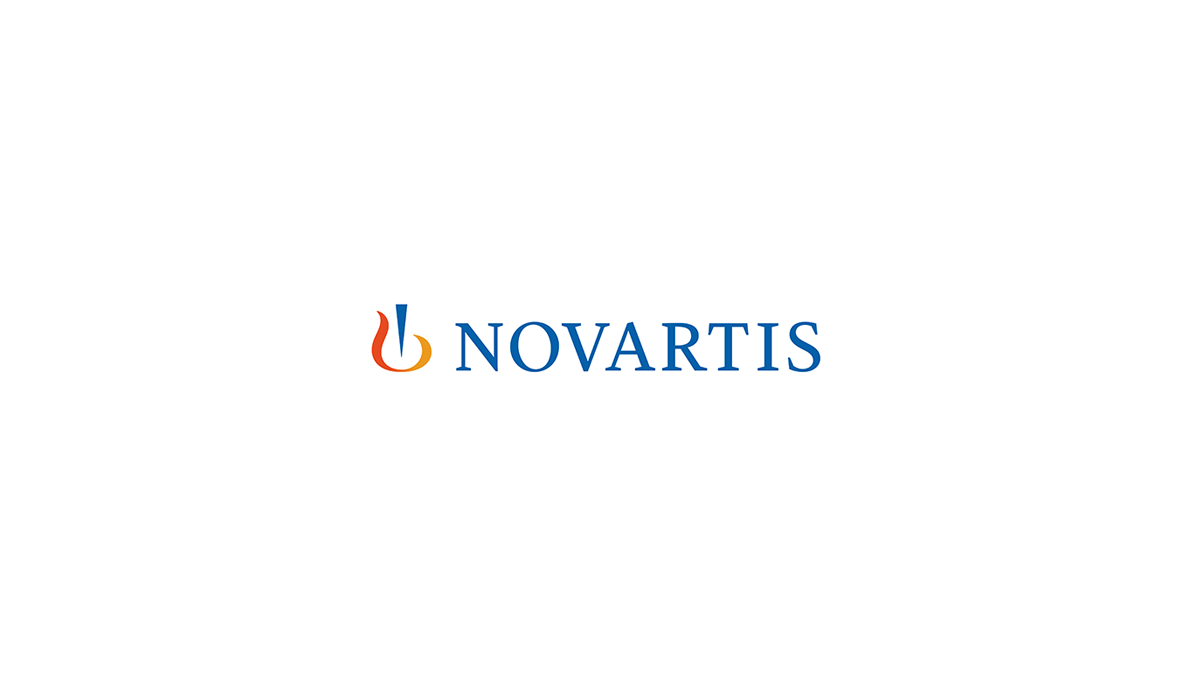Researchers in Abu Dhabi found that a smartphone app embedding hospital antibiotic guidelines improved prescribing practices, strengthened stewardship, and aligned with the WHO’s call for safer antibiotic use.
Study: Impact of integrating guidelines into an antimicrobial stewardship smartphone application on outpatient antibiotic prescribing: a segmented interrupted time series analysis. Image credit: Lee Charlie/Shutterstock.com
A recent Frontiers in Digital Health study examined the effects of incorporating a smartphone application (app) on local antimicrobial guideline adherence and antimicrobial stewardship (AMS) metrics in an outpatient setting.
Inappropriate antibiotic use and antimicrobial stewardship
One of the most serious health threats is the overuse of antibiotics, leading to a rise in drug resistance. Specifically, the rate of unnecessary antibiotic prescriptions in the Gulf region can be as high as 80%. AMS ensures appropriate access to antibiotics, both now and in the future. AMS was initially implemented in inpatient care, but recommendations from health authorities have now been adapted for use in outpatient environments.
Existing evidence suggests that AMS may have beneficial effects on optimizing antibiotic prescriptions in outpatient departments, without adversely affecting patient outcomes. As healthcare providers (HCPs) increasingly use smartphones, several apps have been developed as clinical decision support systems (CDSS) tools. This has made antibiotic guidelines easily accessible in clinical settings.
The existing literature lacks evidence that AMS apps significantly influence prescribing behavior or patient outcomes. In inpatient settings, some studies have examined the efficacy of AMS in reducing costs and enhancing adherence to guidelines. However, relevant outcomes and metrics, such as defined daily dose (DDD), have not been reported in inpatient or outpatient settings.
About the study
The primary objective of the current study is to evaluate the impact of incorporating an app on adherence to local antimicrobial guidelines and AMS metrics. A secondary objective was to assess whether the observed changes aligned with the World Health Organization (WHO) AWaRe categorization of antibiotics. The study was conducted in Shaikh Shakhbout Medical City hospital’s outpatient setting in the Emirate of Abu Dhabi, with a well-established AMS program.
There were three study phases: the first was a pre-intervention phase (1 January 2020 to 31 December 2021), the second was an implementation phase (1 January 2022 to 31 December 2022), and the final one was a post-intervention phase (1 January 2023 to 30 June 2024). Patients under 18 years of age without an antibiotic prescription were excluded.
For the three study phases, monthly data were collected from the hospital’s electronic healthcare system on patients’ unique medical record numbers, age, gender, comorbidities, clinic visit details, antibiotic prescriptions, and app utilization. Levels of adherence to antimicrobial guidelines were also measured. Adherence audits were conducted monthly on randomly selected patient samples representing about 19% of the study population.
The first outcome was the DDD of antibiotic consumption per 100 patient clinic visits (DDD/100 PV). The second outcome was the adherence of outpatient antibiotic prescriptions to the local hospital’s guidelines. Outcomes were noted monthly to facilitate time-series analyses.
WHO AWaRe classifications
WHO groups antibiotics into three categories to guide safe and effective use worldwide:
- Access: First-choice antibiotics for common infections are widely available and used whenever possible. (Examples: co-amoxiclav, nitrofurantoin.)
- Watch: Higher risk of resistance, so more restricted and closely monitored. (Examples: cefdinir, levofloxacin, fosfomycin).
- Reserve: Last-resort antibiotics for severe, drug-resistant infections. Their use should be minimized. (Example: linezolid).
In this study, increases in Access antibiotics and decreases (or stabilization) of Watch/Reserve antibiotics were considered positive outcomes, showing that the app boosted adherence to hospital guidelines and aligned prescribing with global best practices on antibiotic stewardship.
Study findings
A total of 24,424 outpatients were included in the study, with an average age of 49, 47, and 46 for the pre-intervention, implementation, and post-intervention phases, respectively. Males represented around 40-43% of the sample across the phases. Co-amoxiclav was the most commonly prescribed antibiotic in all phases, cefdinir was the least prescribed in the implementation and post-intervention phases, and minocycline was the least prescribed in the pre-intervention phase.
The DDD/100 PV of azithromycin increased significantly during the implementation and post-intervention phases. Co-amoxiclav and nitrofurantoin significantly increased their DDD/100 PV in the post-intervention phase. The trend of levofloxacin and DDD/100 PV level of linezolid increased significantly in the implementation phase, with the change turning insignificant during the post-intervention phase.
During the pre-intervention phase, the DDD/100 PV trend of cefdinir increased significantly, while that of doxycycline decreased significantly. In the implementation and post-intervention phases, the trend changes for both antibiotics became insignificant. Fosfomycin’s DDD/100 PV trend significantly reduced during the implementation phase, which the authors interpret as a positive outcome since Fosfomycin belongs to the WHO “Watch” category.
Importantly, the increases in co-amoxiclav and nitrofurantoin were also viewed as favorable since both are “Access” antibiotics under WHO AWaRe. In contrast, the cessation of significant increases in cefdinir, linezolid, and levofloxacin was considered positive because they fall under the less-preferred “Watch” or “Reserve” categories.
Adherence to the hospital’s antimicrobial guidelines improved significantly during both the implementation and post-intervention phases.
Conclusion
In sum, apps are helpful tools for decision-making to strengthen AMS in outpatient settings, improve adherence to guidelines, and positively influence antibiotic use metrics. The app used in this study was the Firstline™ platform, introduced alongside a one-year awareness campaign in 2022. Its increased uptake was linked with improved prescribing practices. Further research should be conducted to assess the impact of these apps on cost savings in outpatient care and clinical outcomes.
The study’s main limitation lies with the inability to account for confounders at the pre-intervention phase, which was retrospectively reviewed. Due to this retrospective nature, the infection types could not be reported accurately, which led to their being dropped from the analysis. Finally, being a single-center study, the findings cannot be generalized to the broader population.
Download your PDF copy now!













